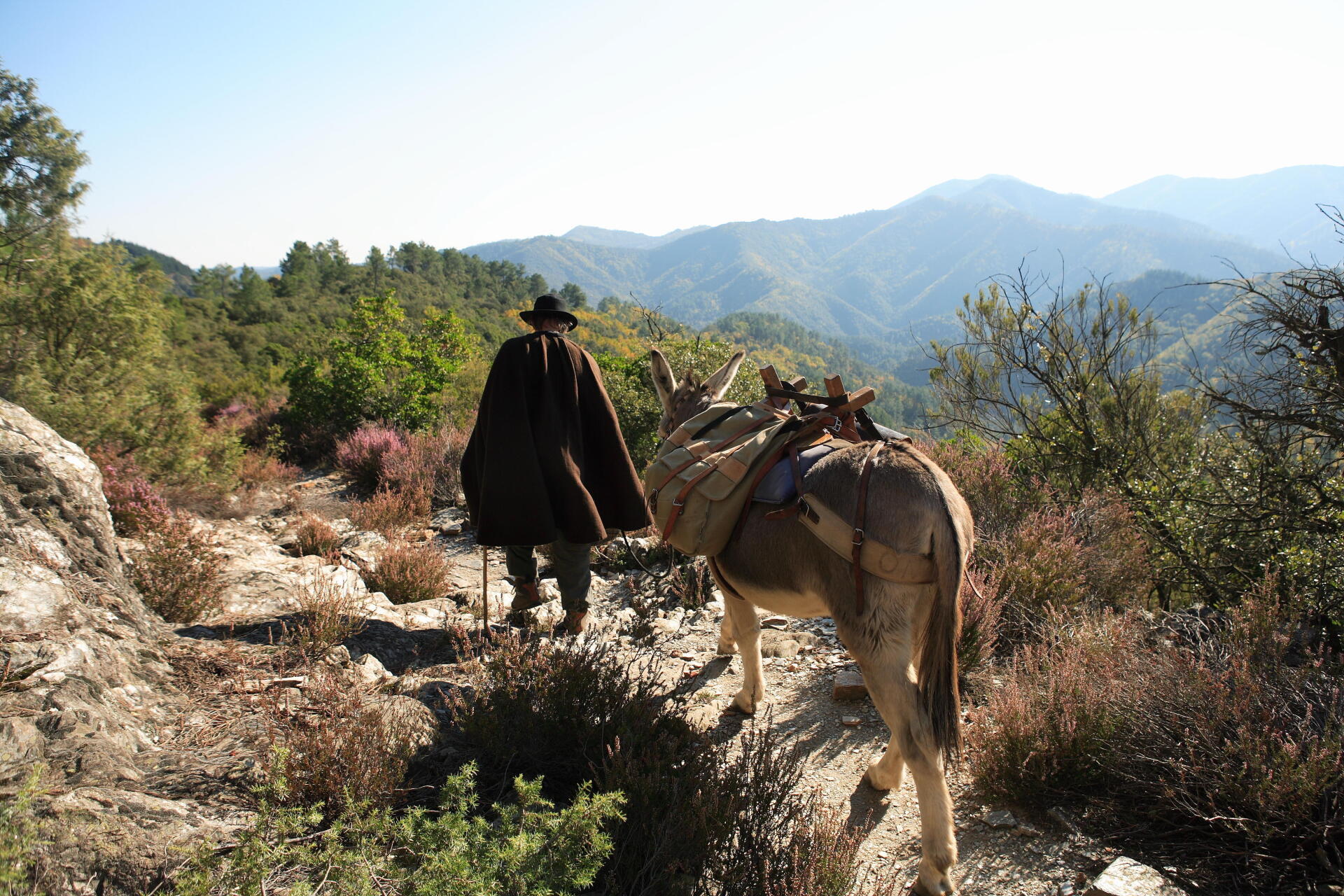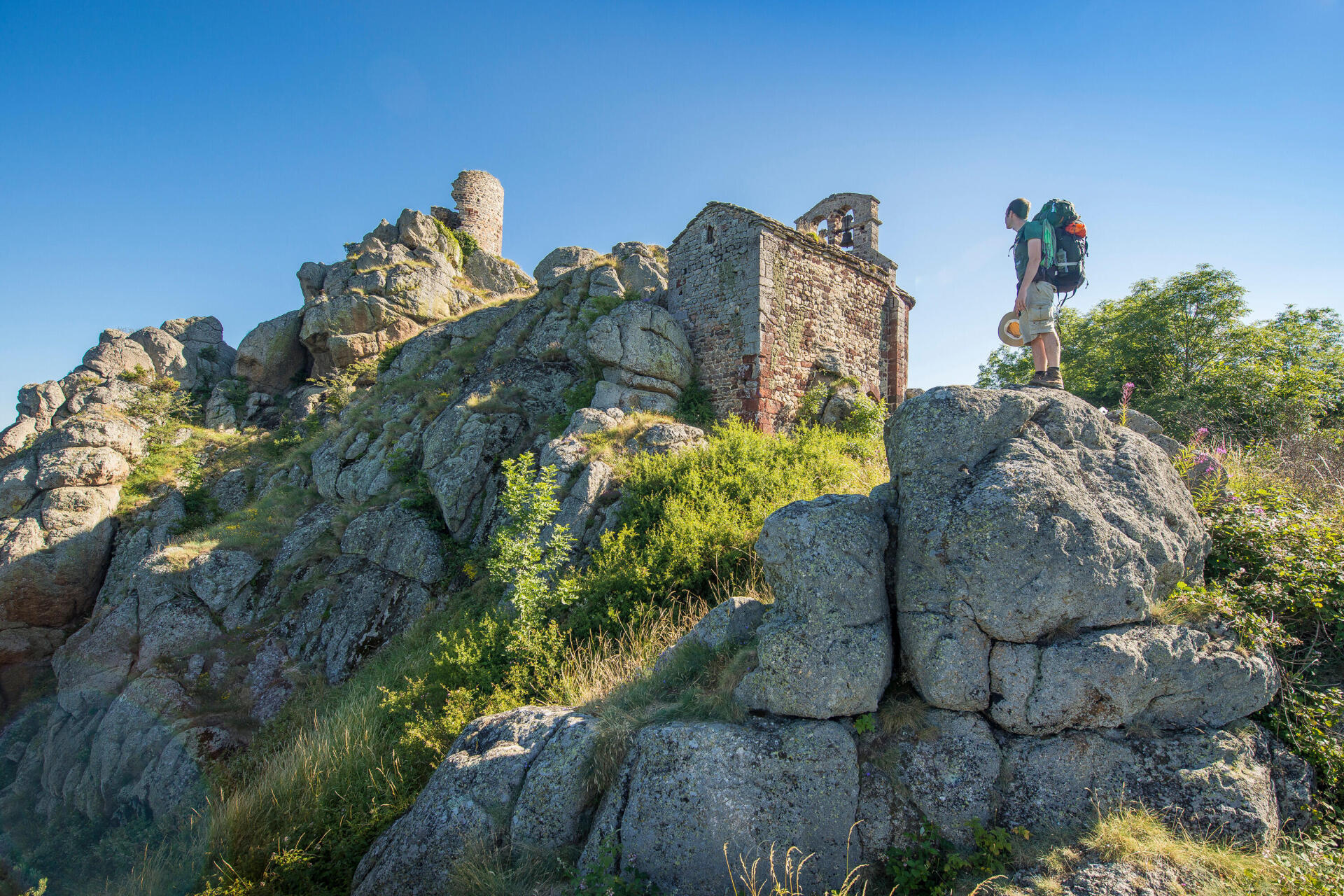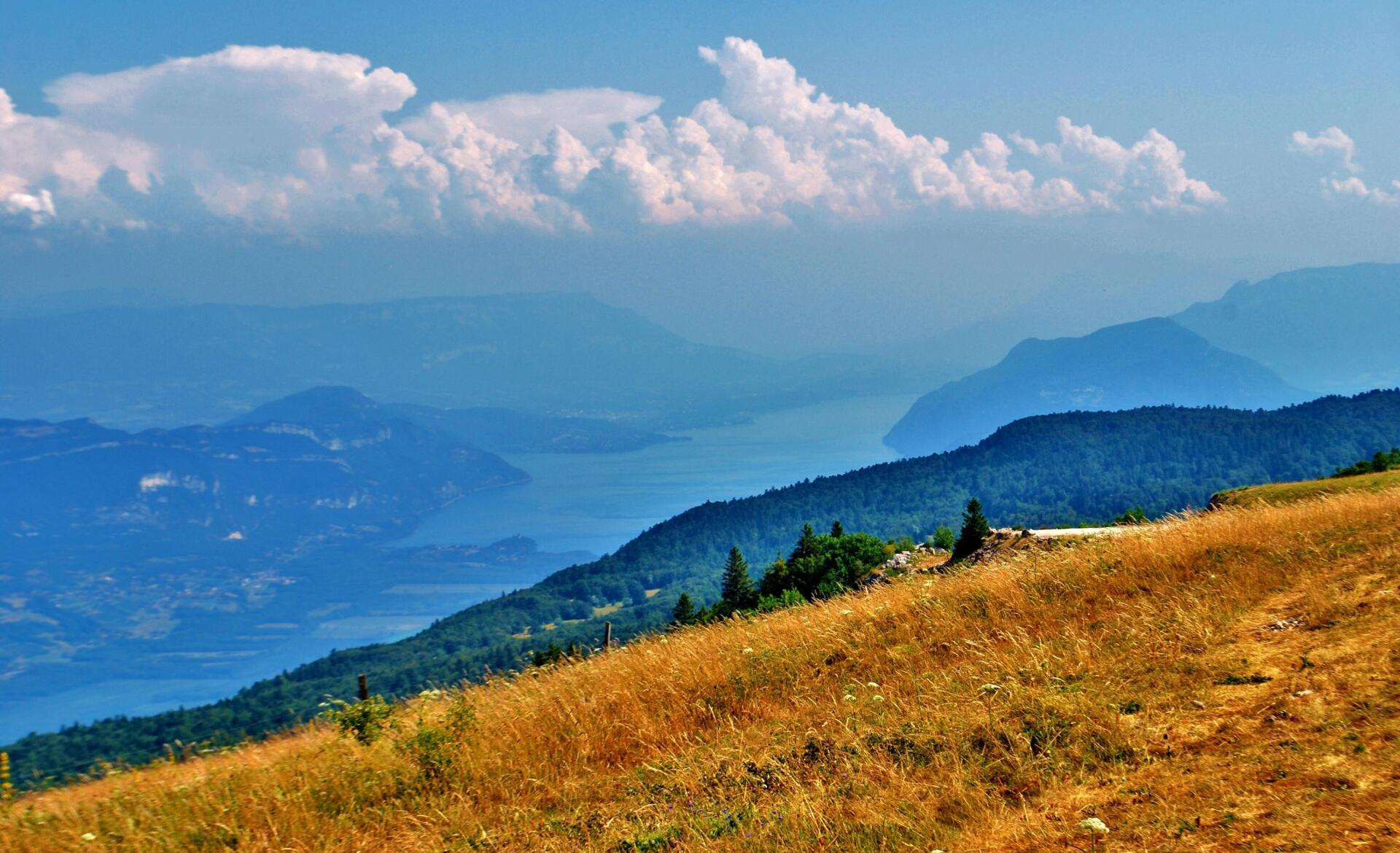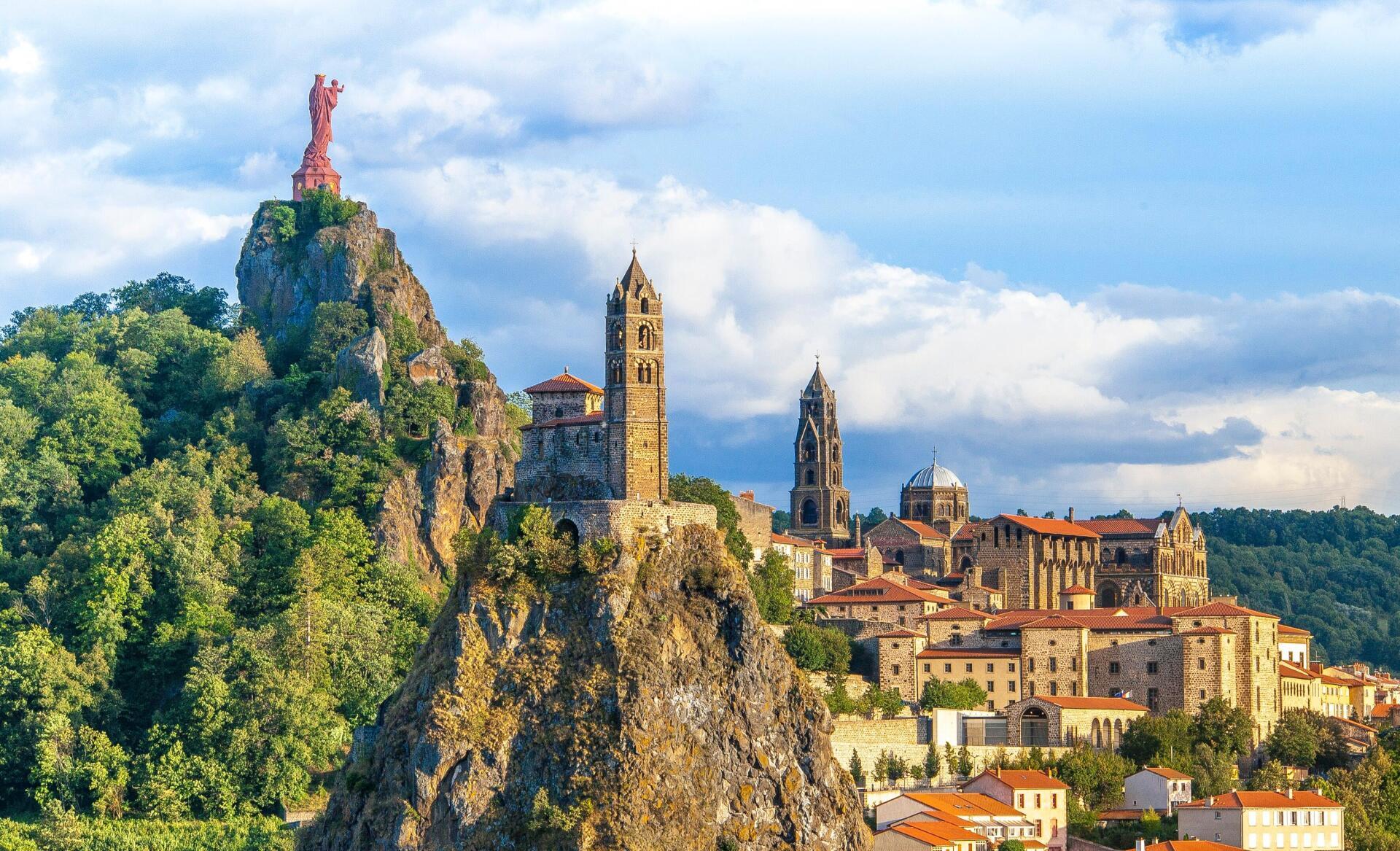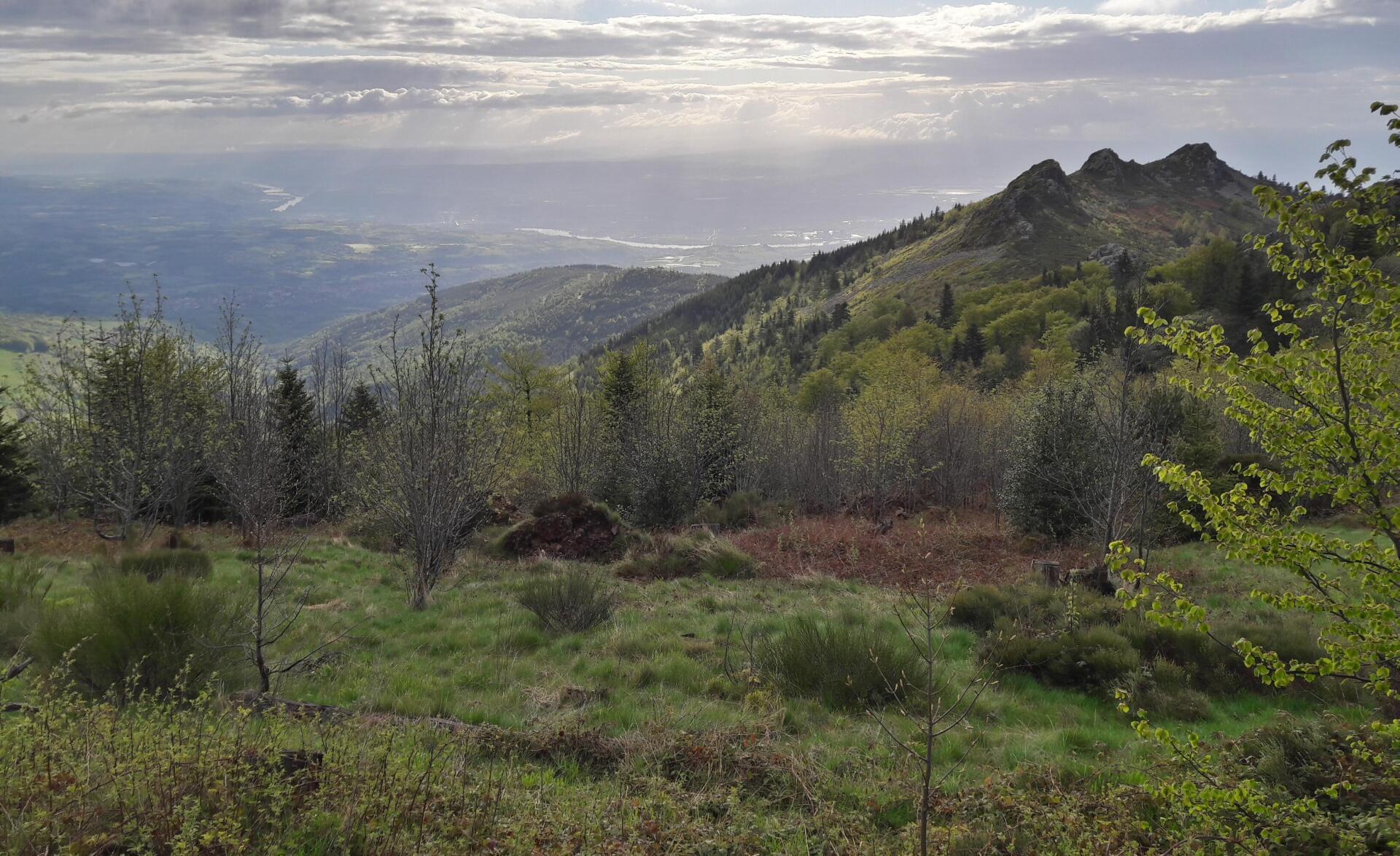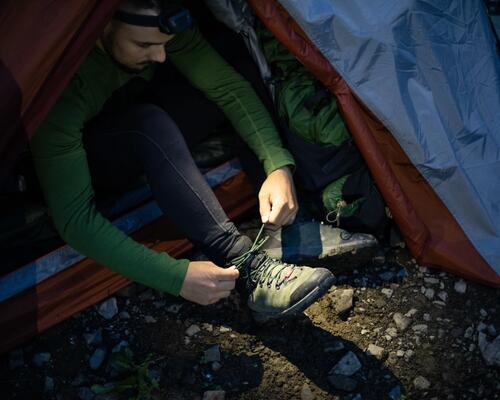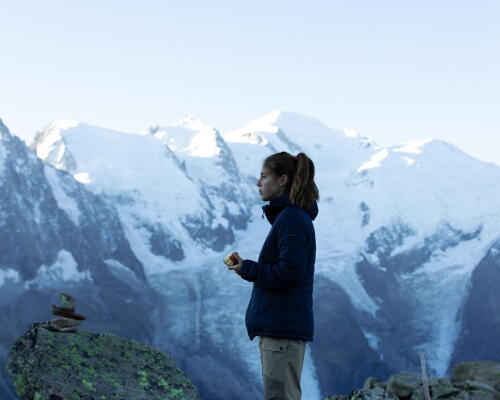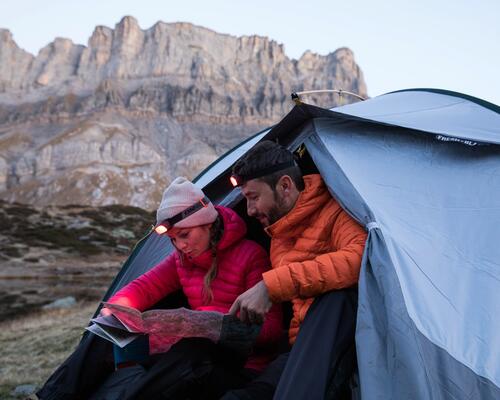Stevenson's trail.
with or without a donkey.
This is the very essence of gentle roaming.
Stevenson, the Scottish writer, and his famous donkey Modestine travelled from Velay to the Cévennes in 1878. They weren't going very fast: they took 12 days to travel 190 kilometres.
The trail named in memory of their epic journey - at the time, this trip was a real expedition - is one of the most popular in France among hikers, who’ve swapped the donkey for a simple backpack, travelling light. But Modestine’s descendants can still be found on the GR 70.
At a donkey’s pace, the journey becomes easier: the luggage is transported by your donkey friend, its calm pace inviting us to indulge in a little contemplation. You better appreciate the beauty of the wide open spaces of Velay, which welcome you as soon as you leave the town. Now you’re walking, to the sound of boots and hooves, through a very green setting, highlighted by the ochre and black of the hamlets built of lava stone, between fields of lentils.
In beautiful villages such as Bouchet-Saint-Nicolas and its lake, or Pradelles and its old town, people are more likely than ever to come up to you, thanks to the presence of your long-eared companion.
After Velay, you approach the Gévaudan, its little valleys and woods, to pass into the Occitanie region.
The experience of the journey can be enjoyed even better with family. The donkey, a gentle companion on the trip, is immediately adopted by the children, ever eager to walk alongside it. Looking after it also brings people together, and stops provide an opportunity for lots of hugs. Like Stevenson, you’re sure to fall in love with your companion with its sweet gaze!
Some information about the GR®70:
- 250 kilometres: the length of Stevenson's Trail. 75 kilometres in Auvergne-Rhône-Alpes.
- 40 kilograms: the load a donkey can easily carry.
- 4 km/h: the donkey’s walking pace
- Recommended period: April to October

